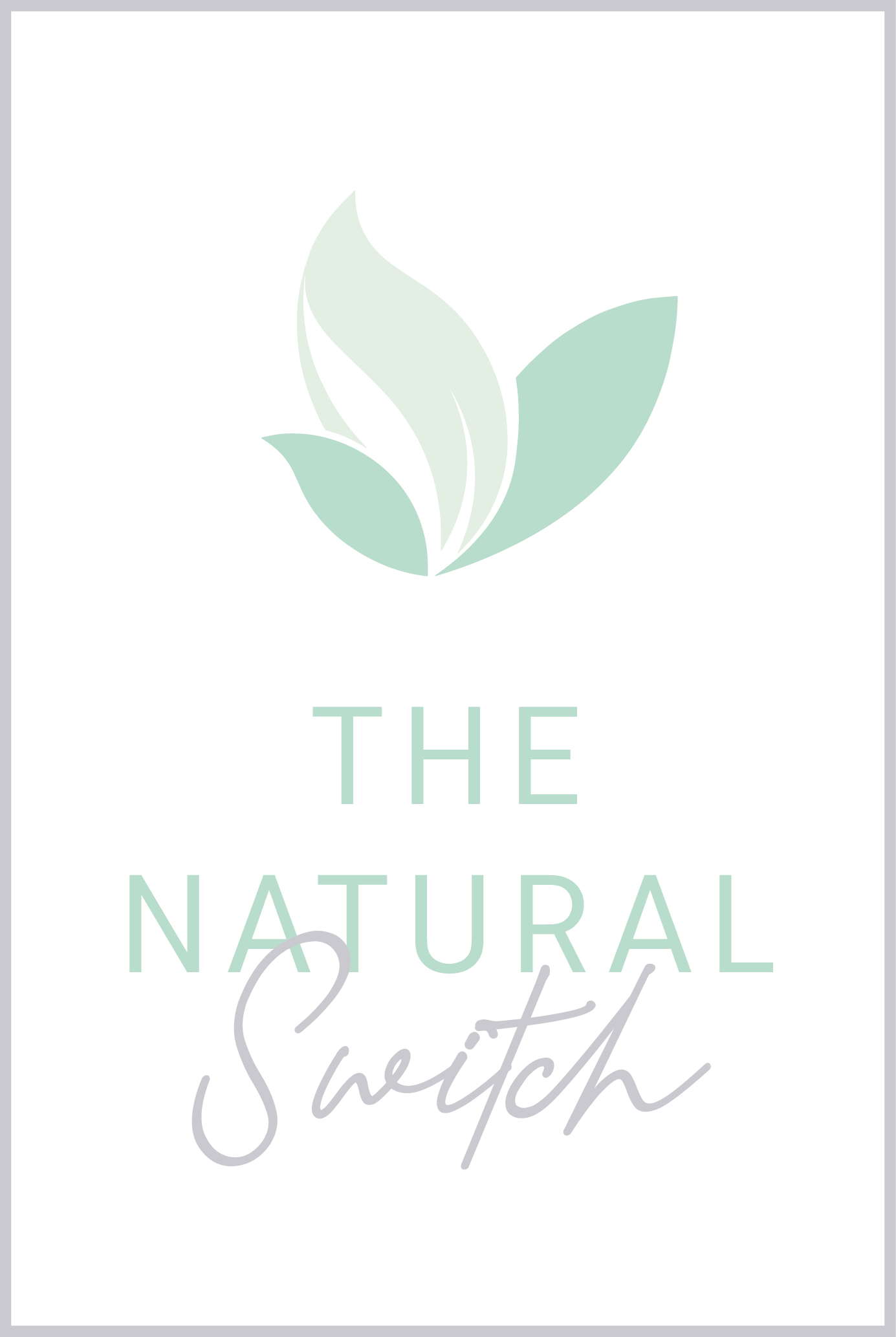How to read food labels
Do you read ingredients and know what to look for when choosing foods? Do you find nutrition labels confusing?
Clients often ask me about which brands of food to buy and how to make better choices.
Because let’s be honest – reading labels can be confusing when we don’t know what we’re looking for.
The good news is we don’t need to be a food scientist to understand the basics.
Here are my top 3 tips on how to read labels and make better choices.
1. Read the ingredients list
Ignore the big marketing claims on front of pack like gluten free, ‘no artificial colours’ or high in fibre.
See what the food is actually made out of by checking the ingredients list.
My rule of thumb is choose food with wholefood ingredients you can pronounce and recognise, as chances are it’s real food. Usually the less ingredients, the better!
The first three ingredients make up the largest part of what you’re eating (ingredients are listed in order from largest to smallest).
If these first 3 ingredients include vegetable oils, refined grains or sugar, chances are it’s highly processed.
Avoid or limit food with numbers (e.g. 150d, 211, 142) as these tend to be preservatives, additives, colours, flavours, emulsifiers and/or thickeners.
Better yet – choose food without an ingredients label like fresh fruit and veg!
2. Choose lower sugar options
Check the nutrition panel for nutritional information such as amount of energy, fat, protein, sugars and salt.
You’ll see a column showing the quantity per 100gms. This helps you compare foods to others.
Check that the amount of sugar is less than 6 grams per 100 grams of sugar.
Anything higher than that is generally considered high sugar - best left as an occasional fun food or in small quantities.
Look for hidden forms of sugar such as evaporated cane juice, golden syrup, high-fructose corn syrup, honey, agave nectar, maple syrup, ethyl maltol, fruit juice concentrate, glucose, maltodextrin, and maltose, and artificial sweeteners.
Some may be healthier forms of sugar, but they still end up as sugar in the bloodstream. Watch That Sugar Film if you want to learn more about the effects of sugar on the body!
3. Get curious about additives
There are literally hundreds of synthetic additives added to our food by manufacturers to change the taste, consistency or appearance of our food, or to make it last longer.
Some are relatively harmless in small amounts, others are damaging and harmful.
For example some artificial colours cause learning difficulties, insomnia, hyperactivity, urticaria and gastrointestinal problems.
Using an app or book like the Chemical Maze will help you understand which ones are safe, and which are harmful.
An easier option is to choose certified organic as it means the food is free of harmful additives, pesticides, hormones, chemicals, fertilisers and GMOs.
It also means the food is grown in a sustainable and ethical way.
Or otherwise choose foods without any numbers or additives to play it safe.
So there you have it - three tips to help you make better choices at the supermarket.
Remember though – be sure to approach this with an attitude of curiosity and mindfulness, rather than aiming for perfection or as the ‘food police’. It’s what we eat MOST of the time that matters most, so allow yourself a little breathing space to have fun foods now and then too – our bodies are resilient!
Want help with putting these tips into practice? Need support in choosing a wholefood, more nourishing diet for yourself and your family that meets your individual needs and is simple to implement?
To find out more, view my Gut Health Practitioner Services page. Through clinical testing, gut-friendly nutrition and targeted supplementation, I help clients feel well again from the inside out.
Not ready to get started but want more regular gut health tips? Join my free Healthy Gut Space facebook group and let’s stay connected!
